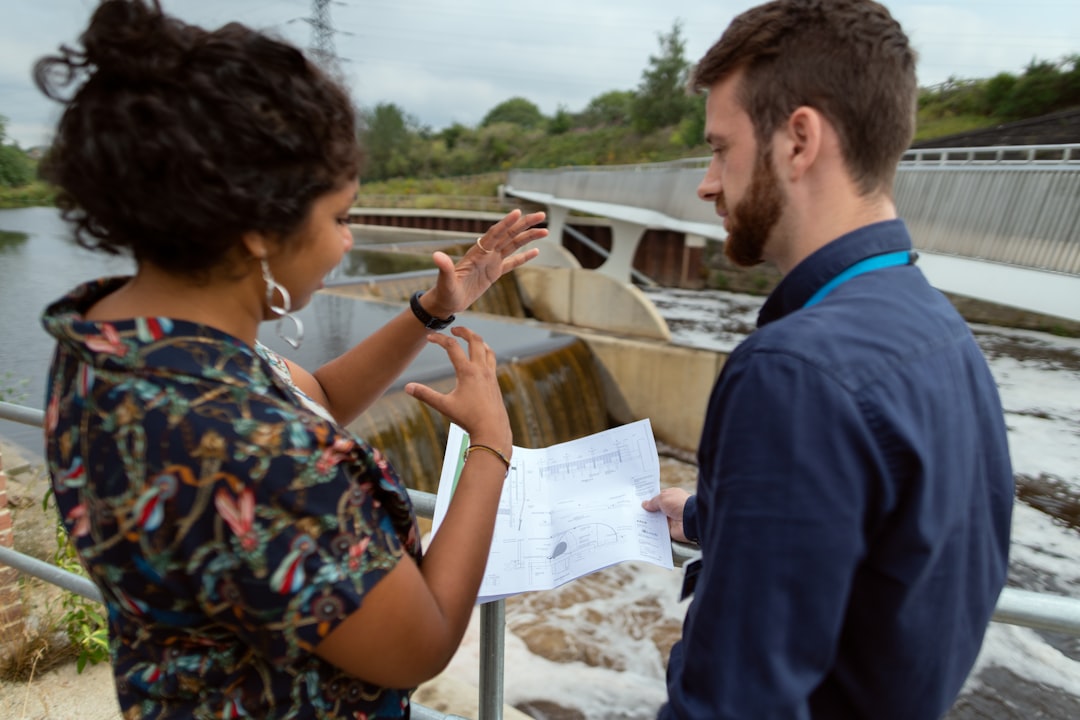The Impact of Virtual Reality on Engineering
Virtual reality (VR) technology has been rapidly advancing in recent years, and its impact on various industries, including engineering, has been immense. VR is a computer-generated simulation of an environment that can be interacted with in a seemingly real way. It can create a completely immersive experience for the user, allowing them to feel as though they are actually present in a different environment. In the field of engineering, VR has the potential to revolutionize the way projects are designed, constructed, and maintained.
One of the key ways in which VR is impacting engineering is in the design phase of projects. Traditionally, engineers would create 2D drawings or 3D models of their designs, which could be difficult for clients to visualize and understand. With VR technology, engineers can create fully immersive 3D models of their designs that clients can explore in virtual reality. This allows clients to get a much better sense of what the final product will look like, and can help to identify any potential issues before construction begins.
VR can also be used to conduct virtual walkthroughs of construction sites before anything is built. This can help engineers to identify any potential safety hazards, logistical issues, or design flaws that may need to be addressed before construction begins. This can save time and money, as it allows engineers to make changes to the design before construction begins, rather than having to make costly alterations once construction is underway.
Another way in which VR is impacting engineering is in the training and education of engineers. VR technology can be used to create realistic simulations of various engineering scenarios, allowing engineers to practice their skills in a safe and controlled environment. This can be particularly valuable for training engineers in high-risk or complex situations, where mistakes could have serious consequences.
For example, VR can be used to simulate the operation of heavy machinery, allowing engineers to practice their skills without the risk of injury or damage to equipment. VR can also be used to simulate emergency scenarios, such as a building collapse or a chemical spill, allowing engineers to practice their response in a realistic setting. This can help to prepare engineers for real-world situations, and ensure that they are able to respond effectively in an emergency.
In addition to design and training, VR technology can also be used to improve the maintenance and operation of engineering projects. For example, VR can be used to create virtual models of complex engineering systems, such as power plants or transportation networks. Engineers can use these virtual models to monitor the performance of the system, identify potential issues, and make adjustments as needed.
VR can also be used to create virtual training programs for maintenance technicians, allowing them to practice their skills in a realistic setting. This can help to improve the efficiency and effectiveness of maintenance operations, and reduce the risk of errors or accidents. Overall, VR technology has the potential to revolutionize the field of engineering, by improving the design, construction, training, and maintenance of engineering projects.
Despite the many benefits of VR technology in engineering, there are also some challenges that need to be addressed. One of the key challenges is the cost of implementing VR technology. While the cost of VR technology has been decreasing in recent years, it can still be expensive to create and implement VR models for engineering projects. This can be a barrier for some engineering firms, particularly smaller firms that may not have the resources to invest in VR technology.
Another challenge is the need for specialized training in order to use VR technology effectively. Engineers and other professionals in the field of engineering may need to undergo training in order to learn how to create and interact with VR models. This can be time-consuming and costly, and may be a barrier for some professionals who are already busy with other aspects of their work.
Despite these challenges, the impact of VR technology on engineering is undeniable. VR has the potential to revolutionize the way projects are designed, constructed, and maintained, by providing engineers with new tools and opportunities to improve their work. As VR technology continues to advance, it is likely that we will see even greater integration of VR into the field of engineering, leading to more efficient, safer, and more effective engineering projects.


